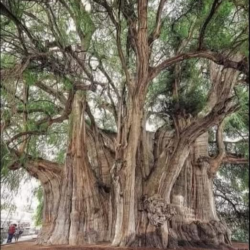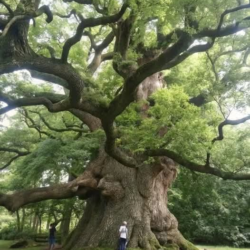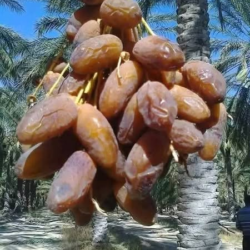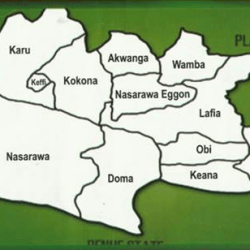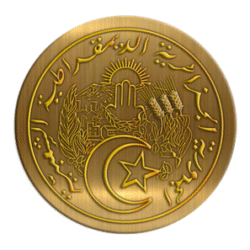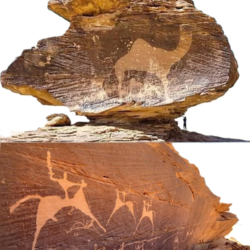The Kavousi Olive Tree, nestled in the region of Kavousi on the Greek island of Crete, is an extraordinary testament to nature and human history. Estimated to be around 3,370 years old, this ancient tree stands as the third oldest olive tree in the world. Its origins trace back to the post-Minoan period, approximately 1350 BC, making it a living link to a distant past.
Notably, the tree represents more than just longevity. It holds the distinction of being the oldest known example of grafting, an advanced agricultural technique that involves attaching a domesticated olive tree to the rootstock of a wild one. This innovation, discovered within its very structure, highlights the sophisticated understanding of agriculture by ancient civilizations.
The Kavousi Olive Tree commands attention with its physical majesty. Covering an area of 112 square meters, it stands approximately nine meters tall and boasts a trunk circumference of 21 meters at its base. Its gnarled and textured trunk, shaped by centuries of weather and time, exudes an aura of both resilience and beauty.
Beyond its aesthetic and natural allure, the tree serves as a window into the agricultural practices of the Minoans, one of the earliest Mediterranean civilizations. They were pioneers in distinguishing between wild and domesticated olive trees and understanding the unique qualities of the olive oil derived from each. This level of expertise, which dates back 3,500 to 4,000 years, underscores their profound relationship with the natural world and their contributions to agricultural advancement.
Today, the Kavousi Olive Tree remains a symbol of resilience, innovation, and the enduring connection between humanity and nature. It stands not only as a natural monument but also as a cultural and historical artifact, preserving the legacy of an ancient civilization for future generations.

